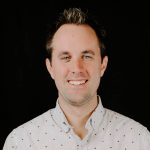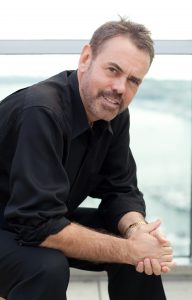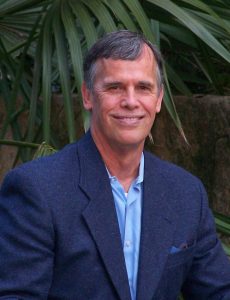2-Minute Tip -- Tell a story to Open
The beginning of a talk is when you have the maximum audience attention. Don't squander it welcomes, thank yous, and introductions. Instead, tell a story to engage your audience at the very start.
Think about a band coming out on stage. They don't start with banter. They go right into a big opening number to get everyone excited for the rest of the show. Try the same thing with your audience.
You can come back to introductions 3 or 4 minutes in.
Post Tip Discussion: Speaking and Preaching with Dylan Dodson
Whether you're speaking in the secular world or the religious world, the principles behind effective public speaking are the same -- define your message, prepare and rehearse your talk, and connect with your audience to ensure the message lands. That's never more clear than in this conversation with Dylan Dodson.
As a pastor, Dylan delivers a different 30 minute sermon every week. To do that effectively takes disciple and a process. He shares his content development process in this chat as we look at how he manages the 6-week development process for each talk he delivers.
 Storytelling, brevity, making an impact on your audience -- it's all in here. The lessons we talk about this week are as valuable for the corporate conference room or keynote stage as they are for pulpit or altar.
Storytelling, brevity, making an impact on your audience -- it's all in here. The lessons we talk about this week are as valuable for the corporate conference room or keynote stage as they are for pulpit or altar.
Dylan Dodson is the lead pastor of New City Church in Raleigh, NC. where he lives with his wife Christina, daughter Finley, and son Roman. He's a big sports fan who likes to read and learn, spend time with people, and talks about Jersey Mike's with anyone who will listen.
Dylan's Processes
Dylan has a 6-week lead time for each of his sermons. Since he delivers a new one every week, that means there are 6 in various stages of development at any given time. He manages it with this schedule:
- T-6 Weeks
- Define the message
- Meet with the rest of the team
- Outline it on the white board
- T-4 Weeks
- Meet with the music team
- Incorporate the announcements for the week
- T-1 Week
- Go over it 4-5 times
- Plug in additional stories
- Make final Tweaks
- T-6 Days
- Pull the outline and notes out of Google Docs and put them on the whiteboard
- Begin whittling it down
- Identify content for slides
- T-5 Days
- Go over the sermon out loud
- Cut material
- T-3 Days
- Finalize the content
- Review it out loud again
- T-1 Day
- Review it for 15-20 minutes that evening
- T-1 Hour
- Arrive early to look and pray over the content a final time
- T-0
- It's GO TIME!
- Or I suppose, it's GOD TIME!
- It's GO TIME!
To make the process more manageable, Dylan also has an outline he uses to build his sermons. To build each one, he asks theses 5 questions:
- What does the congregation need to know?
- Why do they need to know it?
- What do they need to do?
- Why do they need to do it?
- What is the bottom line I want them to walk away with?
Links
| Dylan's website | |
| Practical Church Planting Podcast | |
| Dylan on Twitter | |
| New City Church | |
| New City Church on YouTube |
Call To Action
- Visit the links above to learn more about Dylan, his podcast, or his church
- Try opening your next talk with a story
- Share this episode with your favorite sermon-giver or equivalent and ask their thought by giving them the link http://2minutetalktips.com/dylan
- Subscribe to 2-Minute Talk Tips in your favorite podcast app
- Don't get best…get better

 Danielle Kunkle Roberts is a founding partner and senior executive at
Danielle Kunkle Roberts is a founding partner and senior executive at 

 Shawn Anderson is a #1 ranked motivational author, unlimited thinker, and lifetime entrepreneur with a history of inspiring others. A seven-time author, Shawn is also the creator of Extra Mile Day...a day recognizing the power we each have to create positive change when we "go the extra mile." (On 11/1/18, 553 cities made the declaration and recognized local extra-mile heroes.)
Shawn Anderson is a #1 ranked motivational author, unlimited thinker, and lifetime entrepreneur with a history of inspiring others. A seven-time author, Shawn is also the creator of Extra Mile Day...a day recognizing the power we each have to create positive change when we "go the extra mile." (On 11/1/18, 553 cities made the declaration and recognized local extra-mile heroes.)



 Dr. Nirav H. Shah is a fellowship trained neurologist and sub-specialist in cerebrovascular and stroke medicine with board certifications in: neurology, stroke medicine, carotid neurosonology, transcranial doppler ultrasound, and neuroimaging.
Dr. Nirav H. Shah is a fellowship trained neurologist and sub-specialist in cerebrovascular and stroke medicine with board certifications in: neurology, stroke medicine, carotid neurosonology, transcranial doppler ultrasound, and neuroimaging.